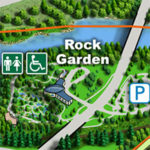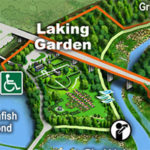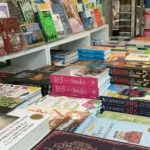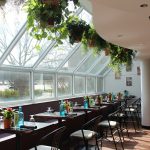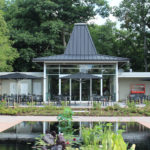| Membership | Price (+HST) |
|---|---|
| Single | $85/year |
| Single Plus | $120/year |
| Family | $130/year |
| Family Plus | $175/year |
| Contributing | $300/year |
| Supporting | $600/year |
| Sustaining | $1,000/year |
| Benefactor's Circle | $2,500/year |
| Director's Circle | $5,000/year |
| President's Circle | $10,000/year |
Festivals of Lights: Christmas
Around the world, people celebrate festivals with specific traditions and customs. When people come to Canada, depending on the food and plants available, they adapt and use what’s accessible for traditions. One important element of these festivals is the use of forms of light.
Through the ages, people have gathered together around fire and light in all its forms. Fire offers warmth, heat to cook with, and protection. Light in nature is used for all kinds of purposes. Moonlight and the stars help mark time and aid in navigation while the sun is an essential part of life and growth. Humans seek out light as it provides comfort, the ability to see and the energy to grow food and plants. Light is celebrated as a symbol of hope because in times of darkness, people wish and pray for light and its reassurance. Therefore, it makes sense that many holidays and observances are celebrated with lights as part of their tradition. People in our communities and neighbourhoods around the world celebrate with the sparkle and bang of fireworks, the comfort of a single candle’s flame, the crackle of flames from an open fire, a lit lantern or the twinkle of lights from decorated boughs of an evergreen or even a palm tree!
Light weaves a common thread to unite people from north to south, east to west in the celebration of many festivals including: Indigenous observances, Diwali, Hanukkah, Christmas, Kwanzaa, Lunar New Year, Ramadan/Eid-ul-fitr. Journey with our volunteers and friends from the Children’s International Learning Centre (CILC) as we learn of celebrations and observances by seeing a snapshot of cultural nuances through their eyes with the RBG at Home blog.
Christmas
(December 25)
Gracia Abboud (she/her), Volunteer at the Children’s International Learning Centre
Christmas has become more of a cultural celebration rather than a religious one where many people do not know the origin of the celebration. For Christians, of all denominations, Christmas is the celebration of the birth of Jesus Christ. The birth of Jesus is celebrated because Jesus is believed to be God in the human form, who came to teach people of the true meaning of eternal love. In North America, Christmas is celebrated on December 25 or on January 6 for the Orthodox Christmas.
Christmas from the Lebanese Maronite Catholic perspective
Growing up in a multi religious country such as Lebanon, allowed me to observe many different religious celebrations. As someone with a Maronite Catholic background, I celebrate Christmas only, on December 25.
At the beginning of December, Christian households set up a crèche, “Maghara” in Arabic. This crèche is a nativity set consisting of small figurines of the baby Jesus, his mother Mary, with her husband Joseph, and other relevant characters meant to re-enact the setting in Bethlehem where the Holy family was when Mary gave birth to Jesus. The crèche is an important symbol as it is considered to bless the home and family and is the place where the more religious hold the rosary prayer.
During the Christmas season, if you drive anywhere in Lebanon, you will see lights and illuminations set up around the houses, schools, and offices…Throughout the years, more western-style decorations have been introduced in the markets. In Jbeil or Byblos, a large, 95-foot-high tree is set up every year with contemporary designs and is regarded by the Lebanese community to be the nicest tree in the country.
Every year on the evening of the 24th of December, my immediate family, aunts and uncles and their kids gather at my grandparents’ house. Gift exchange happens usually on this night as well. Someone volunteers to dress up as Santa Clause, known as Baba Noel (another wonder of mixing French and Arabic), to distribute the gifts. Baba Noel’s persona is also used for social causes, where many volunteers dress up and go to homeless shelters or orphanages to distribute food, clothes, and other gifts.
Right at midnight, all churches ring their bell and turn on all the lights inside and outside the churches. Then there is a mass which mostly youth attend.
The Lebanese table displays an eclectic mix of dishes from Riz Aa Lahme, (which translates to rice and beef/lamb), hummus, tabbouli and other traditional Middle Eastern savoury pastries. The glory of the Christmas feast lies in the desserts: Buche de Noel and Meghli. Buche de Noel, a forever stamp of the French Mandate, is a chocolate biscuit roll made to look like a branch of wood. Whereas Meghli, is a more traditional Arabic dessert made to welcome any newborn (at any time of the year) and welcomes the baby Jesus into our homes. It is a rice pudding seasoned with anise, caraway and cinnamon and topped with raisins and pistachios.
As we say in Arabic, “Eid Milad Majid” (Glorious birth) is used to greet people. You reply by saying “Kol Sene Wa Inta Bi Kheir” (may each year find you in good health and peace). Or simply, “Merry Christmas” will do the job just fine.
Studying in Canada, without family around, makes me appreciate the little time I get with my family abroad during Christmas break. I look forward to it each year!
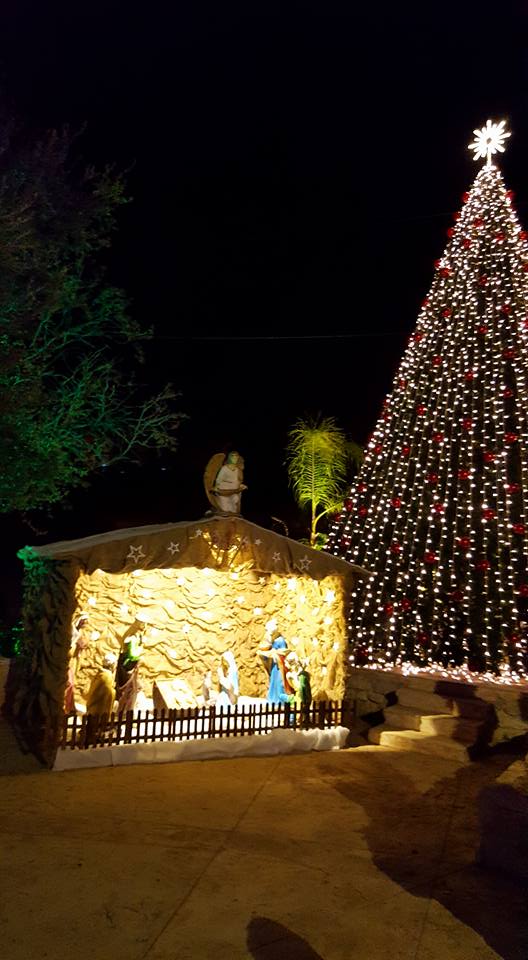
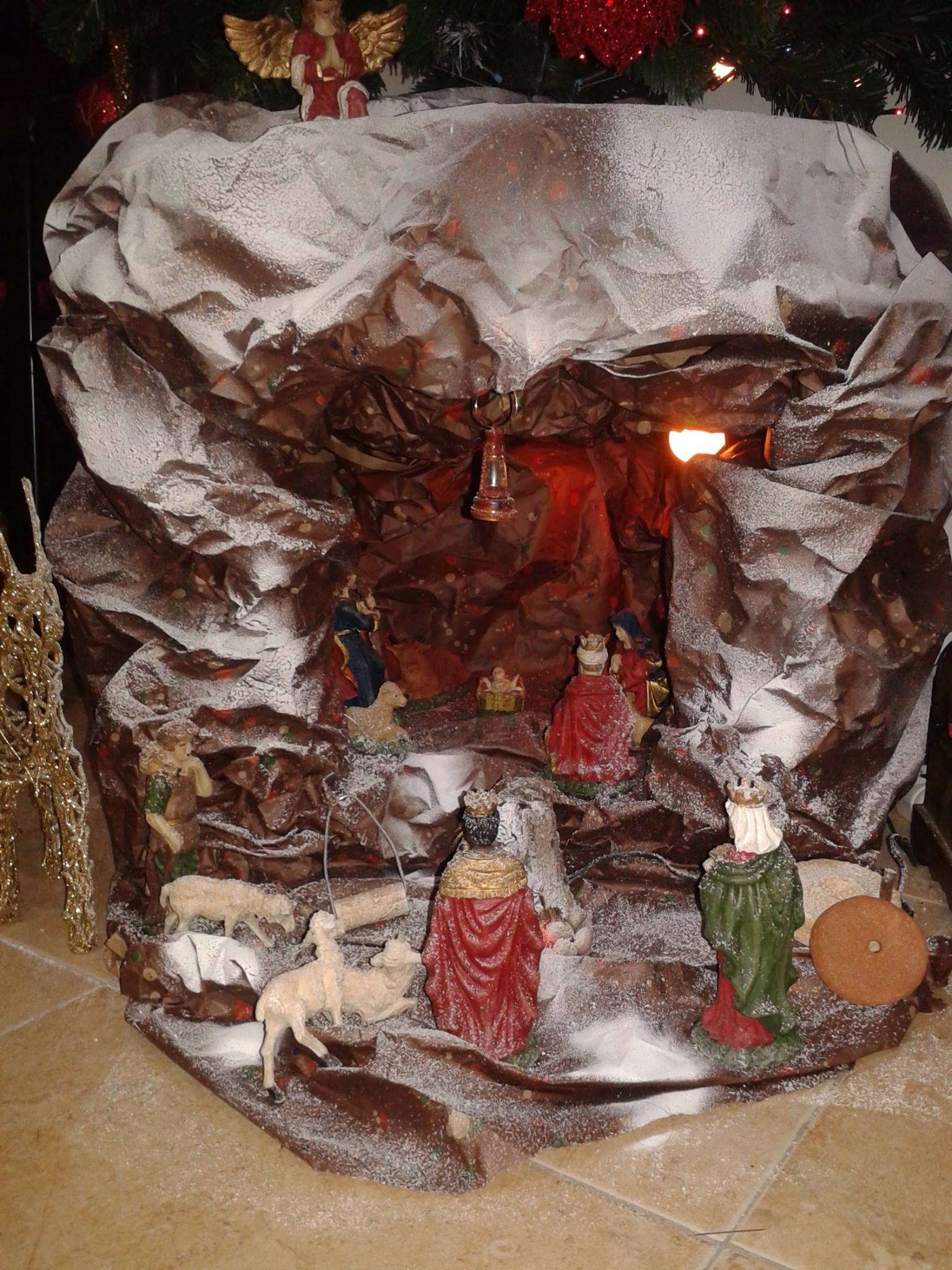
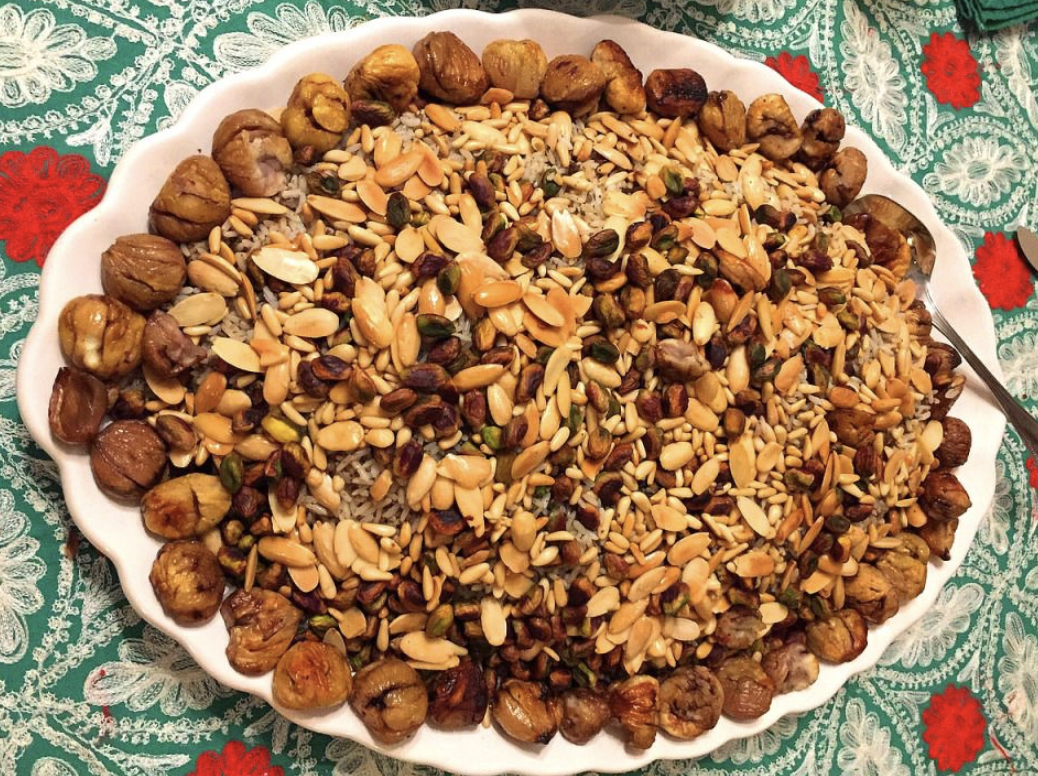

The Children’s International Learning Centre (CILC) is a non-profit organization that was established with the vision of contributing to a world of care and respect for all people and our environment. We endeavour to do this by promoting respect for diversity and awareness of our world community through guided discovery and interactive, artistic programmes, which will soon be delivered online.
More from the RBG Blog
Check out RBG’s blog for announcements, articles, and more from Canada’s largest botanical garden.
Want to be sure you hear first? Sign up for our weekly e-newsletter to hear about upcoming events, weekend activities, articles, and more!



